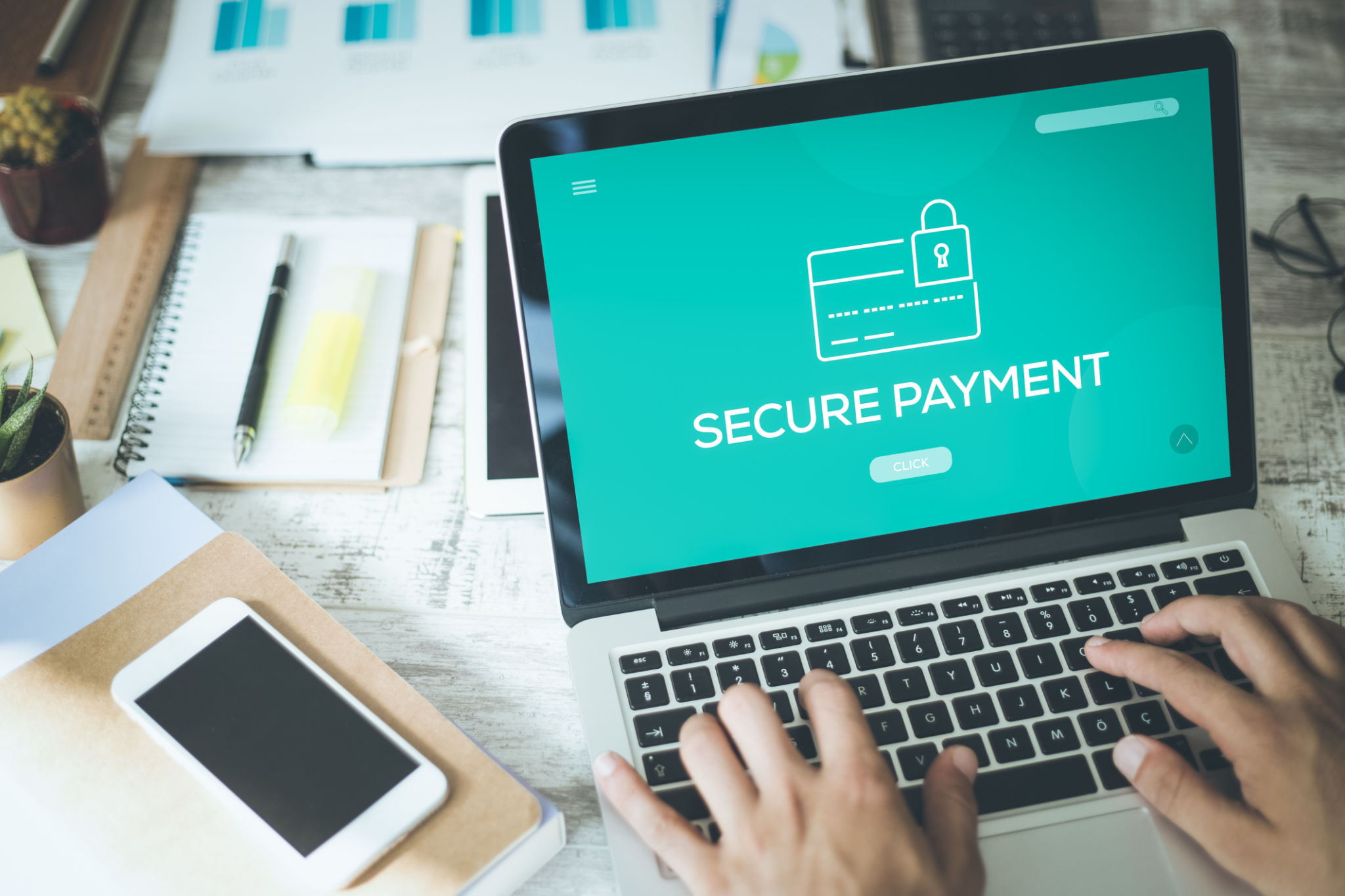How to Implement Secure Electronic Payments in Your Business
Understanding the Importance of Secure Electronic Payments
In today's digital age, implementing secure electronic payments is crucial for any business. With the rapid increase in online transactions, ensuring the security of these payments helps protect your business and your customers. By establishing a secure payment system, you not only safeguard sensitive information but also build trust with your clientele, leading to increased customer satisfaction and loyalty.
Businesses that fail to prioritize payment security may face severe consequences, including financial loss, legal penalties, and damage to their reputation. Therefore, it is essential to adopt robust security measures to protect against fraud and cyber threats.

Choosing the Right Payment Processor
One of the first steps in implementing secure electronic payments is selecting a reliable payment processor. A good payment processor will offer advanced security features, such as encryption and tokenization, to protect sensitive data during transactions. Consider factors like transaction fees, ease of integration, and customer support when making your choice.
Research different providers and look for those with a strong reputation for security. Reading reviews and seeking recommendations from other businesses can also be helpful in making an informed decision.
Encryption and Tokenization
Encryption refers to the conversion of data into a code to prevent unauthorized access. It is a critical component of secure electronic payments as it ensures that sensitive information, such as credit card numbers, remains confidential during transmission. On the other hand, tokenization substitutes sensitive data with unique identifiers or tokens, which can be used in place of actual data without exposing it to potential threats.

Implementing Multi-Factor Authentication
Multi-factor authentication (MFA) is another effective strategy for enhancing payment security. By requiring users to provide two or more verification factors before completing a transaction, MFA adds an extra layer of protection against unauthorized access. Common methods include a combination of passwords, mobile verification codes, or biometric identification.
Implementing MFA not only reduces the risk of fraud but also assures customers that their information is being handled with care.
Regular Security Audits and Updates
Conducting regular security audits and keeping your payment systems updated is essential for maintaining secure electronic payments. Security audits help identify vulnerabilities and areas that require improvement, while updates ensure that your systems are equipped with the latest security patches and features.

Make it a priority to stay informed about emerging threats and advancements in payment security technology. This proactive approach will help you mitigate risks and maintain a secure transaction environment.
Educating Your Staff and Customers
The human element is often the weakest link in security systems. Educating both your staff and customers on best practices for secure electronic payments can significantly reduce the risk of breaches. Train employees on recognizing phishing attempts and handling sensitive information securely.
Similarly, provide customers with tips on protecting their information, such as using strong passwords and recognizing secure websites. Empowering them with knowledge will enhance overall security and foster trust in your business.
Conclusion
Implementing secure electronic payments in your business is not just a necessity but a strategic advantage. By choosing the right payment processor, utilizing encryption and tokenization, implementing multi-factor authentication, conducting regular audits, and educating stakeholders, you can create a robust security framework that protects both your business and your customers.
Taking these steps will help you navigate the complexities of digital transactions while building confidence and trust with your audience.
